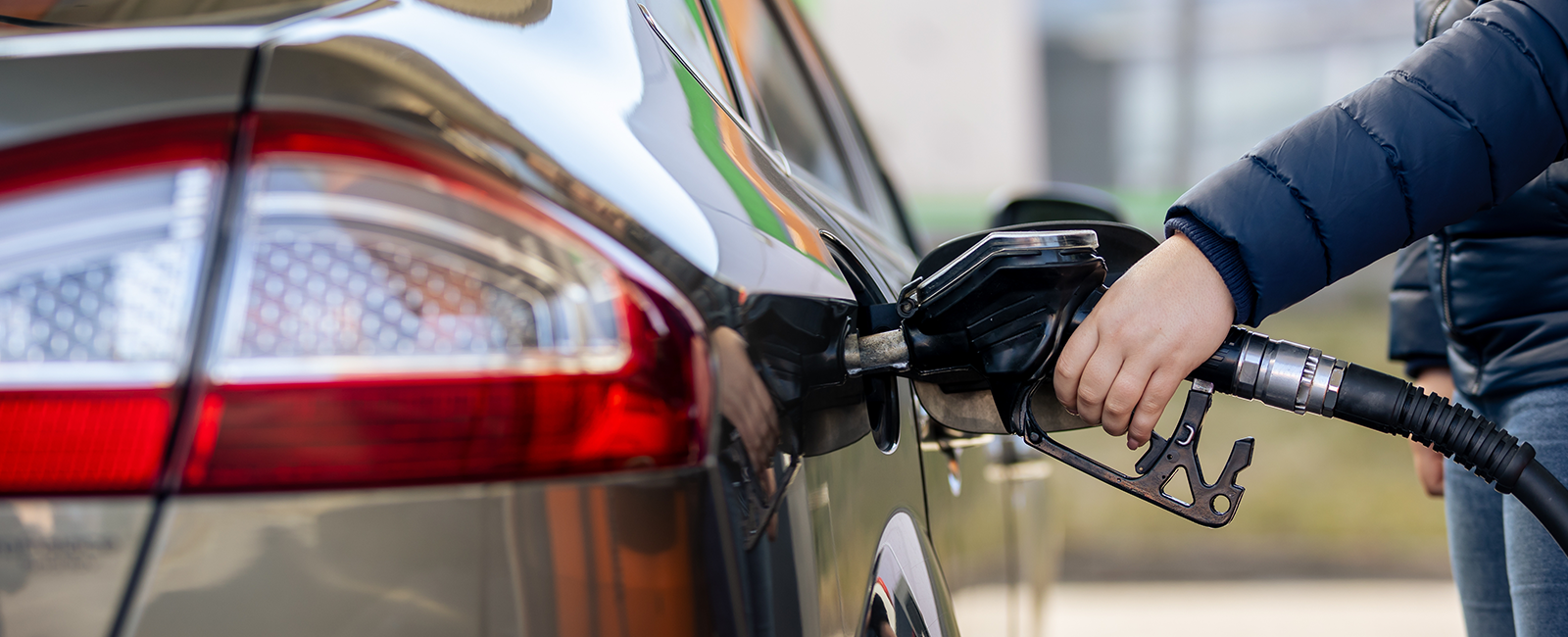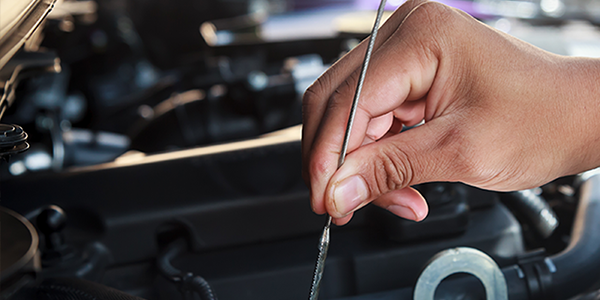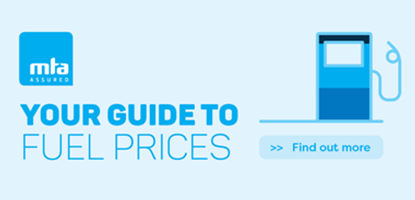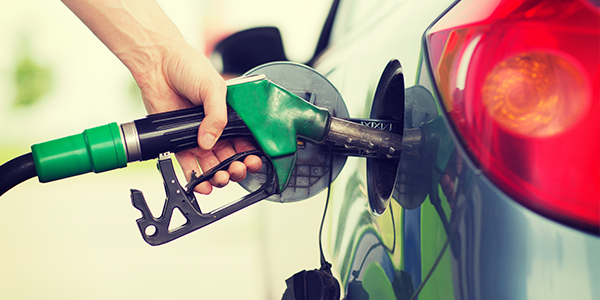August 2025
10 Simple Steps to Help Lower Your Fuel Costs
Want to lower your fuel costs?
Here are some simple changes to make that can help you reduce your bill when you stop at an MTA Service Station.
1. Service and tune your vehicle
Regular services and tune ups should help reduce your fuel consumption of your vehicle by ensuring it is running as efficiently as possible. To make your car more efficient, it is also important to replace worn components such as spark plugs and intake filters, and to regularly change lubricants and filters. An MTA General Repairer can help keep your car in good condition.
2. Use the recommended grade of oil and fuel
To maximise fuel economy, use the oil and fuel recommended in your owner’s handbook.
3. Properly inflate your tyres
Check tyre pressure monthly and before long trips. Under-inflated tyres are a significant contributor to increased fuel consumption. Not sure if your tyres are inflated properly? Use our tyre checklist to find out!
4. Avoid prolonged idling
Modern vehicles are designed to operate efficiently from start-up and don't need to be 'warmed up'. If you stop for an extended period, and can re-start safely, then consider turning off your engine.
5. Use high gears and cruise control
Use the highest gear, relative to the speed you are travelling, to save fuel and reduce wear. Cruise control (if fitted), helps maintain a constant speed and can reduce fuel consumption when used on long flat roads.
6. Read the road ahead
Avoid quick starts and aggressive driving. You’ll save fuel and avoid unnecessary wear and tear. It also helps if you accelerate smoothly, look well ahead and anticipate stops.
7. Clean out your vehicle and remove roof racks
Unnecessary weight burns fuel, so avoid carrying around heavy items if you don’t need to. Things like roof racks and storage boxes create unnecessary drag and increase fuel consumption, so if they’re not being used, remove them.
8. Avoid rush hour and combine trips
Where possible, avoid rush hour driving as stop-and-go driving burns more fuel. Try to plan ahead and combine several trips into one.
9. Slow down
Fuel consumption increases by around 6 percent for every 10km/h faster you go over 90km/h. Besides being the speed limit on the open road, for most drivers, 100km/h is a good compromise between travel time and fuel economy.
Note: Your actual fuel economy may vary from any published rates. The published rate enables fair comparison between vehicle makes. Your driving and vehicle maintenance habits, the use of air conditioning and other accessories, weather, road conditions, and many other factors affect fuel economy. Read more about understanding fuel pricing and information on which petrol to use.



